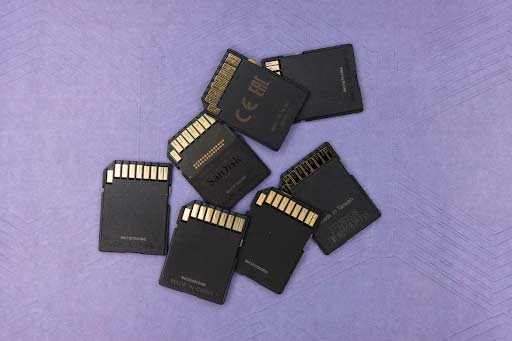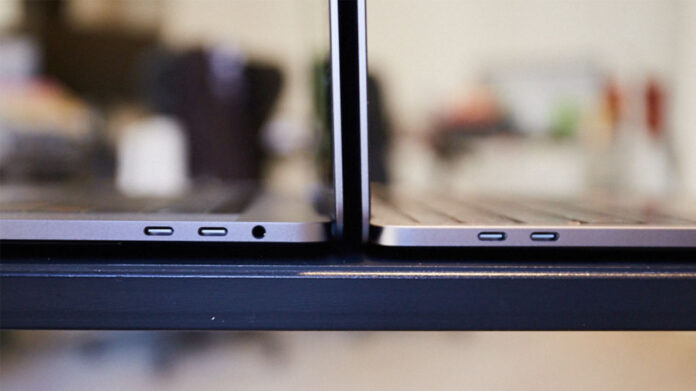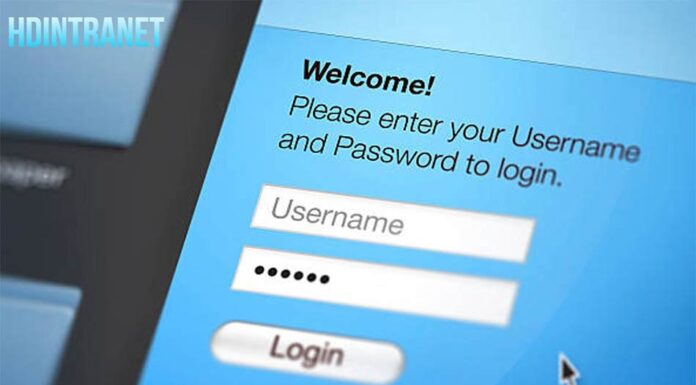Table of Contents
Getting a new device or switching software platforms is always exciting, but it can also bring some challenges; like the risk of losing important data. This article will walk you through steps to ensure that your valuable information stays safe throughout the transition.

Let’s get started!
The Big Picture: Why Data Transfer Matters
Understanding the importance of secure data transfer is the first step in safeguarding your information. Whether it’s a critical business file migration to SharePoint, academic work, or cherished family photos, ensuring your data moves with you is essential for a smooth transition to your new device or software. A successful data transfer means you can pick up right where you left off.
Know What You Have: Inventory Your Data
Creating a simple checklist can be an effective way to ensure that nothing gets left behind. Take a few moments to list out all the different types of data and their storage locations. This will serve as your roadmap for the transfer.
Data can be scattered across various locations on your device or even external platforms:
- Internal Storage: Directly on your device
- Cloud Storage: Services like Google Drive, iCloud, or Dropbox
- External Devices: USB drives, external hard drives, or SD cards
Back It Up The First Line of Defense
Think of backups as a safety net for your digital life. Even if something goes awry during the transfer, a solid backup ensures that your data is never truly lost. This step is crucial, whether you’re simply updating software or migrating to a brand-new device.
It’s not enough to just back up your data once and forget about it. Regular backups are essential for keeping your safety net up-to-date. Consider setting reminders or even automating the process where possible.
Get The Right Tools: Data Transfer Software
Picking the right tool for transferring your data is like choosing the right vehicle for a road trip. The journey can be smooth and enjoyable, or filled with bumps and detours, depending on your choice.
Consider the following items when you choose your software:
- Will it work with both your old and new devices or software?
- Is it user-friendly, or does it require a steep learning curve?
- Does it support all the types of data you need to move?
Before You Hit “Transfer”: A Pre-Checklist
Before you initiate any transfer, make sure both the sending and receiving devices or software are updated to the latest versions. This not only improves security but also ensures compatibility during the transfer.
The last thing you want is for your device to shut down mid-transfer. Ensure that both devices are either fully charged or plugged into a power source throughout the transfer process.
If your transfer involves cloud storage or an online tool, a stable internet connection is essential. Interrupted service could result in incomplete or corrupted files.

Ready, Set, Transfer
Initiating the transfer can sometimes feel like stepping into unknown territory. But with a clear guide, you can navigate it with ease.
- Open the chosen data transfer tool or software
- Connect the devices, if necessary
- Choose the data types you want to transfer
- Confirm and start the transfer
Once the transfer begins, it’s not the time to step away. Monitor the process for any notifications, errors, or prompts that may appear. Swift action can help resolve minor issues before they become major problems.
Troubleshooting 101
Even with all the preparations in the world, electronics can sometimes be unpredictable. If you run into any snags, some quick troubleshooting might save you a lot of headaches.
Interrupted Transfer
If the transfer stops midway, don’t panic. Check your internet connection or device power and restart the process.
Missing Files
Double-check to ensure all data types were selected during the initial setup.
Corrupted Files
This is often a sign of an unstable transfer environment. Revert to your backup and try again, ensuring all pre-checklist items are in place.
Wrapping Up: Embrace the New with Confidence
We’ve walked you through the essential steps of transferring data to a new device or software. From understanding the importance of the task to choosing the right tools and finally executing the transfer, you are now equipped to manage your digital transition securely.
The methods and tools for data transfer will continue to evolve. Stay informed and don’t hesitate to update your techniques as better options become available. With careful planning, the right tools, and a detailed approach, you can ensure that your valuable data moves with you as you transition to new digital platforms.















